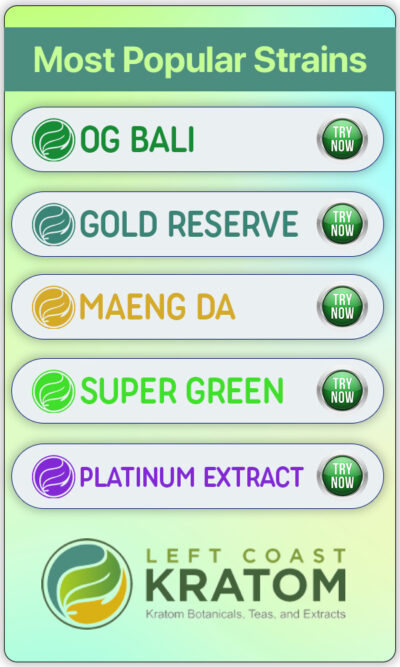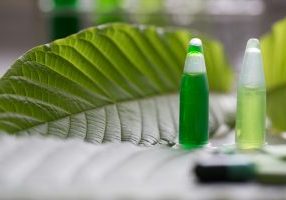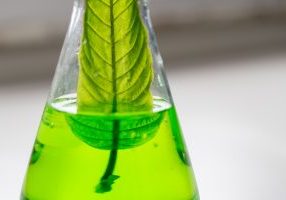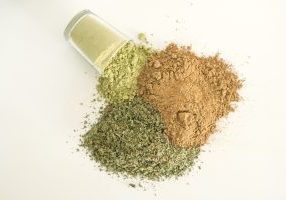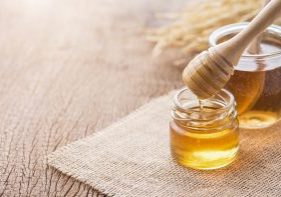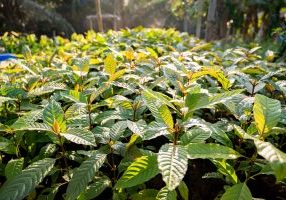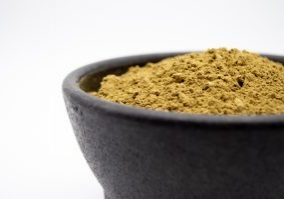Many people who decide to make Kratom a regular part of their lives are industrious go-getters, and these attributes are only further extended by the stimulation and power that Kratom can often help you find.
This combination leads many people – maybe even you – to want to find a more personal way to get their Kratom supply. Kratom is a plant, after all, and that means that you should be able to grow it at home, right?
Yes and no. There’s a lot of factors that come into play when you are thinking about if you can grow your own Kratom supply or not, and whether or not growing the plant itself will be enough to supply you is another story completely.
Let’s talk about growing Kratom, whether or not that’s a reasonable choice for you, and what we recommend that you do.
Where Does Kratom Grow Naturally?
In the wild, Kratom is native to regions that are hot and, in most cases, tropical latitudes. The conditions in these regions make for the best Kratom growth, and that is why the tree species has flourished here for hundreds of years.
In particular, Kratom trees can be found naturally in the following areas:
All of these areas have some regions where the tree can grow easily, and the seeds from these trees even propagate themselves because the conditions are just that favorable! When trying to grow Kratom outside of these regions, however, the same luck is not easily found!
What Conditions Does Kratom Need?
What about these regions makes the area great for growing Kratom? Let’s talk a bit more about the specific growing conditions that Kratom needs to thrive so that you can get an idea of what type of climate you will need to replicate in order to get the best results possible.
These areas are hot and humid. The soil there is very fertile with a usual pH falling somewhere between 5.5 and 6.5.
Additionally, the soil should also have high levels of humus to ensure proper and sturdy growth. The soil also has to be able to retain a lot of moisture without being too boggy. The soil should have good drainage without sucking all moisture out. Too much moisture can lead to bugs and fungi.
Finally, you need the right amount of light and humidity. There are different amounts of light that Kratom can thrive in, but generally, strong light is necessary. For humidity, the area should likely be between 70 and 80 percent humidity on average for the best growth. These conditions are not common in the United States but may be able to be replicated in large, outdoor greenhouses.
Can I Get Kratom Seeds?
Another aspect that can be very difficult when trying to grow Kratom yourself is getting a seed or cutting to actually take! Even if you manage to get the right soil, temperature, and watering schedule in order, the trees might not even start growing.
Both Kratom seeds and cuttings are available to plant, but both of these have very limited viability periods. This means that if they are not planted quickly enough, they are unlikely to ever sprout or grow. They will need to be very fresh in order to be successful at growing your own Kratom.
When you order Kratom seeds, make sure that you get a lot of them as they are very small seeds that have an incredibly low germination rate. The best way to find any success or growth is to plant a lot of these seeds and hope that at least some of them take root!
Once They Take Root
If you manage to get some of your Kratom seeds to take root, congratulations! Now, the real work begins. The plants need to be given light, but not too much light. The same goes for water. The plant should be watered liberally, but keep an eye out for fungus along the way.
Another important thing to keep in mind is that the tree needs to be in somewhat natural conditions to its native habitat while growing for the best final Kratom product. It’s been shown that Kratom is more powerful when it has grown in windy conditions, so simulating this is a must.
From Plant To You
If you are lucky enough to get a tree that grows strong enough to create flowers and leaves, you’ll want to know what has to be done in order to use these leaves in the same way that you would when you buy your favorite product.
It can take up to two years for a Kratom plant to reach maturity. A tree of about 20 feet will be ready to be harvested. To harvest, you usually want to take the leaves right before they would drop on their own. Late summer and early autumn are good times for harvesting.
While the tree’s leaves can be used as-is at this point, most Kratom users are accustomed to using specialty blends and dried leaves. You can dry the leaves in different conditions to try out making your own strains, but you will want to be careful to monitor all of the leaves closely for mold and fungi.
The Better Option
While we completely agree that the ability to grow your own Kratom and create specialty strains to enjoy would be a lot of fun, we also aren’t quite sure if the effort required to do so successfully would actually be worth it!
In most cases, it’s probably a lot more practical to continue to buy strains of Kratom from reputable sellers like us here at Left Coast Kratom. We can tell you exactly what you’re getting, what kind of chemical composition to expect, and how you can best use your products.
If you try to get Kratom from homegrown trees, it could take years before you even see any type of payoff, and you might not even have any trees survive that long! Rather than waste your precious time, energy, and money, we recommend that you stick to purchasing your Kratom; find another way to use that green thumb!


